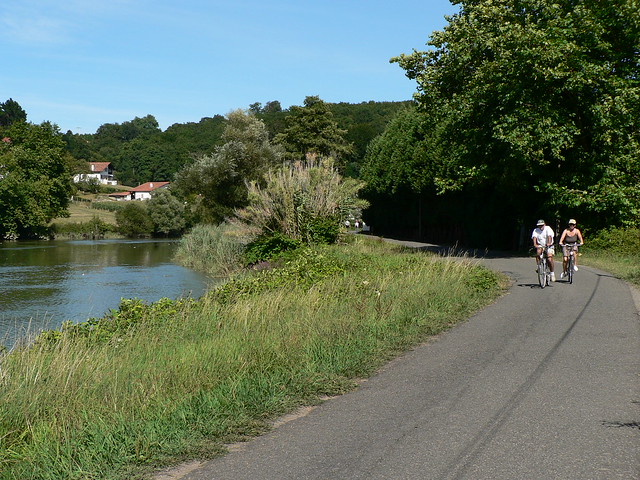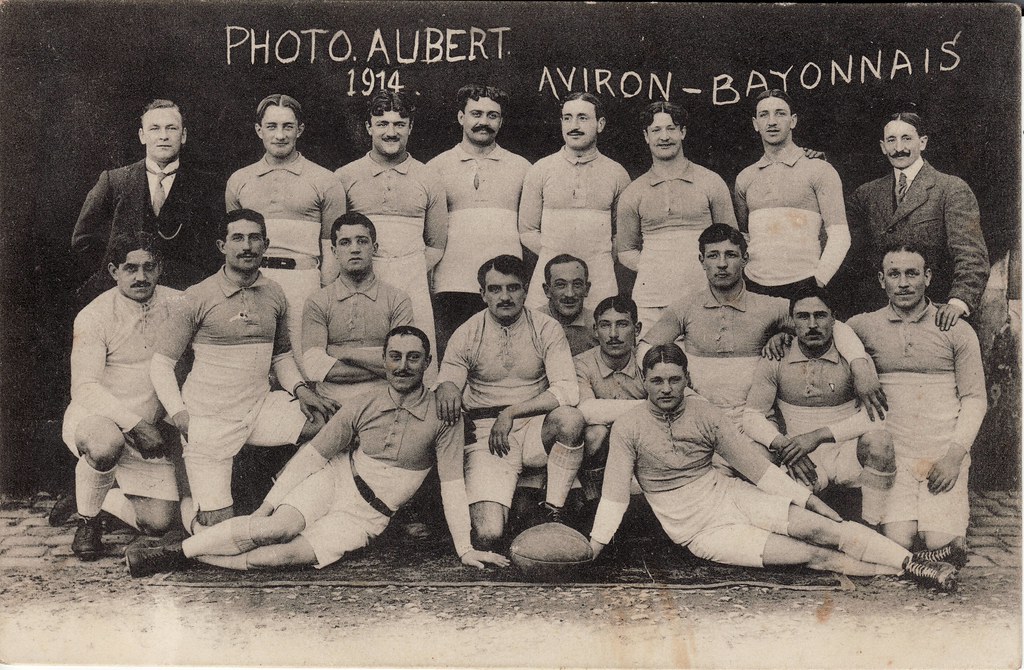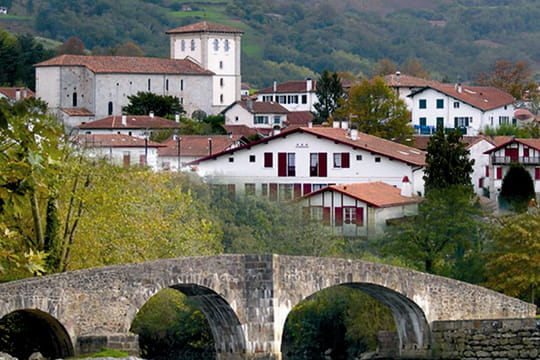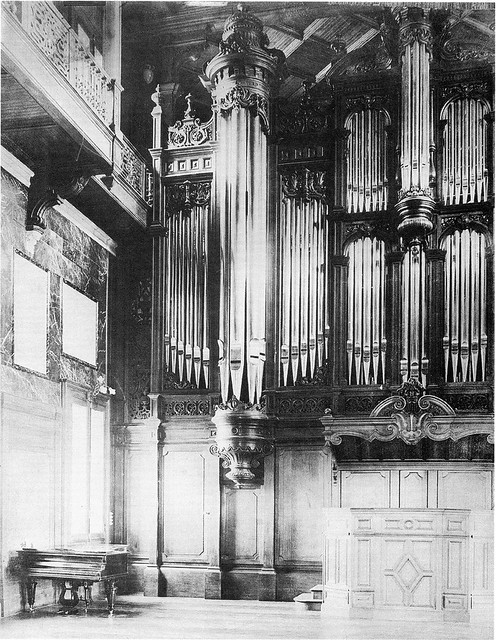
In case you've ever wondered who the great undiscovered literary talent behind this blog is -
pause while the guffaws die down - I've decided to respond to several requests and break cover at last.
Here's a fairly recent photograph of me hard at it at the editorial desk! This must have been taken on a 'dress down Friday' and it looks like the pressures of getting the latest post out and the long working days are slowly getting to me..
26th March 2012. We ate outside on the terrace this evening for the first time this year.. Now where did I put my Eric Morecambe shorts?
27th March 2012. A perfect evening's row up the river on a warm, still evening - shorts and t shirt in the boat for the first time this year. 14km. Once back home, after a quick shower and change, it was straight out to our west-facing terrace for a roast farm chicken eased down with a glass or two of Burgundy. Afterwards, I sat there feeling pleasantly tired in the evening sunlight listening to the sound of birds twittering and the distant hum of traffic as I watched the pale contrails of jets as they sped silently northwards. It was with great reluctance that I replaced the cork in the bottle! As my uncle used to say: you've got to know when to hold, know when to fold and know when to walk away.
29th March 2012. We decided to go to San Sebastian this morning to try and achieve terminal meltdown of my credit card. Don't get any big ideas though - two packets of peanuts would be enough to do that! The first strange thing was that we were waved through the first motorway toll that we came to in Spain.. and then on arrival at our favourite underground parking garage in downtown San Sebastian, it was suspiciously easy to find a space.
 |
| Ayuntamiento (or, in more prosaic Anglo-Saxon speak - Council Buildings), San Sebastian |
Then when we emerged into the daylight we noticed that every shop was closed. Not only every shop, but also there was not a single kiosk, bar, café or restaurant open. The streets were curiously busy and there were flyers scattered everywhere on the pavements in Spanish and Basque proclaiming that today was a
General Strike. Sure enough, we spotted some red flags in the distance as groups of strikers started gathering. Walking through town we half expected to find at least one little dissident café open for business but no - the Basque solidarity was impressive. It was a beautiful day too for bumbling around shops pensioner-style but after a while we realised that nice though San Sebastian is to wander around, there's not much point if everything, as in
everything, is closed.
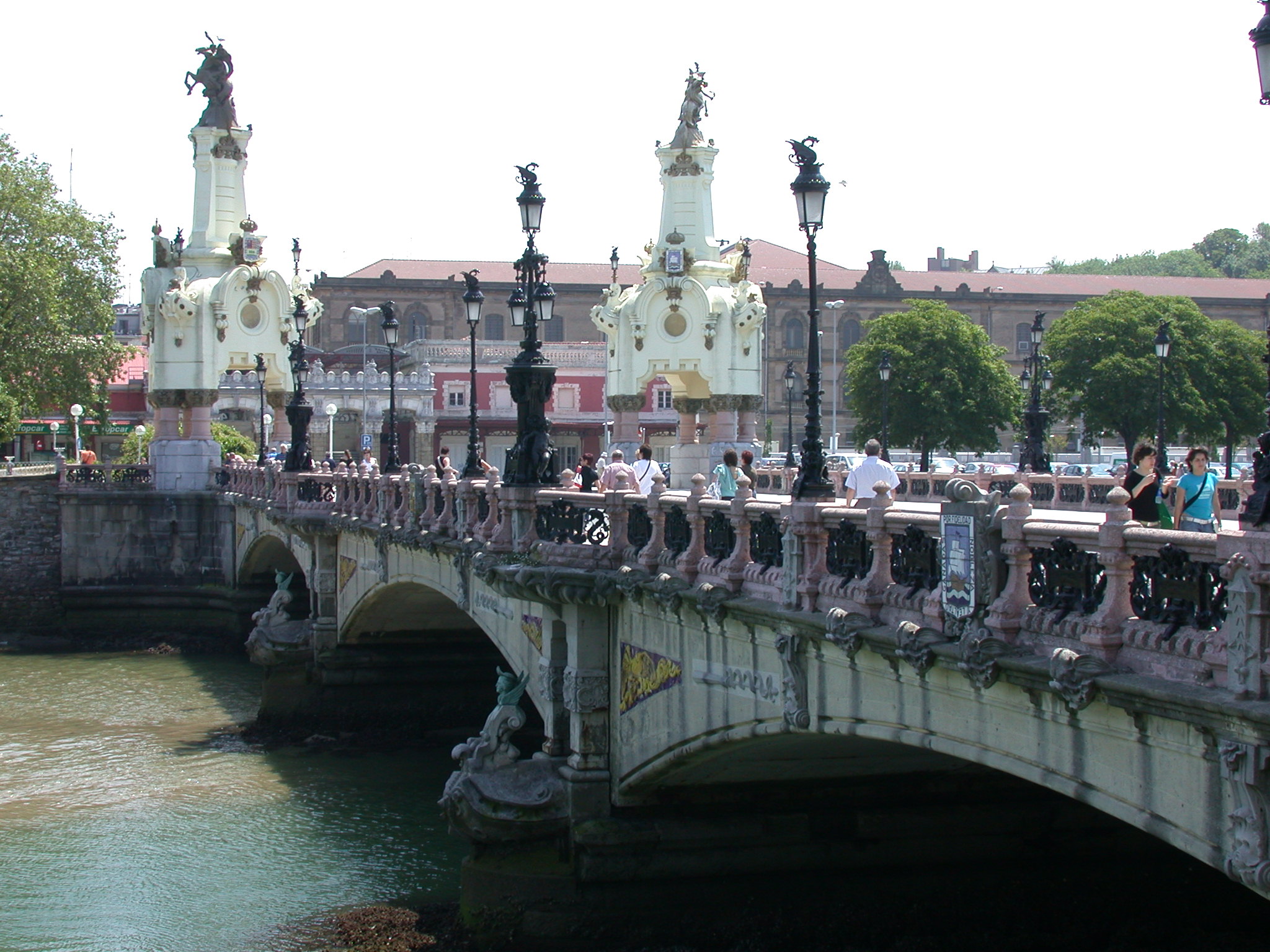 |
| Maria Christina bridge |
So it was back to the car and we headed off back towards France again. I think we got away just in time as a massive demonstration was forming up across the river to march into town - and that would cause traffic chaos. The column was at least 20 people wide and it stretched back for ½ mile probably.
By this stage, stomachs were threatening wild cat strike action if food wasn't taken pronto so we swung off the motorway at Saint-Jean-de-Luz and a few minutes later we were installed on the terrace of
Chez Pantxua at Socoa. Just look away for the next few minutes while I recall what we had - mmmm-mmmmm - OK, it's safe to come back now! Suffice to say, it's the best place for seafood by 1.6km. (that's a mile to you!) Almost forgot - two hungry strike-breaking Spanish couples sat down at the next table and in a touching display of solidarity with the strikers they started by ordering a bottle of
Bollinger* - the ladies had
foie gras to start with while the men had oysters..
 |
| Madame Lily Bollinger |
* It was Madame Bollinger
(right) who famously said of champagne -
“I drink it when I’m happy and when I’m sad. Sometimes I drink it when I’m alone. When I have company I consider it obligatory. I trifle with it if I’m not hungry and I drink it when I am. Otherwise I never touch it, unless I’m thirsty”.
It was such a beautiful late afternoon that I raised myself from my post-lunch snooze stretched out on the terrace (in swimming trunks no less!) to get changed for an evening row. It turned out that I was the only bloke-type person there and so we put an VIII out on the water. I must say it went very well, apart from a congenital need to stop for a chat at suitable intervals..! Joking aside, it was a very worthwhile sortie and it felt like a crew that had rowed together for some time. So Tick VG from me! Think we did 12km.
31st March 2012. Down to the river again this morning (four times in a week!) and had an outing in a mixed VIII. We rowed as far as Villefranque before turning where another VIII caught up with us. G, our always-cheerful
responsable, coach and all-round good guy, who was with us in a speedboat, thought it would be a good idea if the two VIIIs raced each other back to the clubhouse (known curiously in French as the
'garage'). If I was sitting comfortably in a speedboat on a sunny morning that's just the kind of idea that I might have had too! We gave the other crew a head start and then we were off.. It wasn't long before we could hear the splashing of the other crew as we drew closer plus the various incomprehensible shouted exhortations which seemed to consist mainly of
"Ensemble!".. (ie, together) - which gave me heart as it indicated that they weren't.. Gradually the stern of their boat came into view and we steadily overhauled them before building a nice lead of 2-3 lengths. About 2km from home, we both stopped for another go. This time we started level and after ten strokes we were up on them and going away. All good fun! Did 18km all in all.
Blew the dust off my shorts and I took them and the dog for a walk after a quick shower.. 31st March too!
I was taking an inventory of the fridge contents after lunch (OK, aka casual thieving!) and I noticed a packet of Ossau-Iraty cheese in the cheese box. If you've been paying attention (Post
#179 refers) you'll remember that this is the cheese that's been adjudged to be the Best Cheese in the World.. I might just try some this evening.
1st April 2012. The two local rugby clubs in the Pays Basque aren't having their finest season. Aviron Bayonnais are firmly in the drop zone of the Top 14 and after yesterday's dire performance against fellow strugglers Perpignan (final score 47-9) the only possible conclusion to be drawn is that Bayonne are going to go down. Meanwhile, Biarritz (also down amongst the pond life of the Top 14) played out of their skins yesterday to squeeze a much-needed victory by a 1 point margin against Clermont (who are 2nd in the Top 14). Now where's the logic in that?
4th April 2012. I'm afraid I've been neglecting the broad sunlit uplands of Blogistan lately but, as always, I have a convincing explanation. I've been knee-deep in reviewing, correcting and occasionally re-writing just shy of 1,000 PowerPoint slides on aircraft flight deck instruments of every flavour - some of which hadn't even been thought of when I was last directly involved in aviation.. As you might expect, a thorough understanding of flight deck instrumentation in
minute detail takes centre stage in any Commercial Pilots course and so it is that I've been burning the midnight oil lately, wearing a flat spot on my backside, armed with a couple of hefty technical Anglo-French dictionaries, trying to make sense of some of the slides and put them in
Angliche.
No-brainer question du jour: "So whyja wanna be an airline pilot, son?"
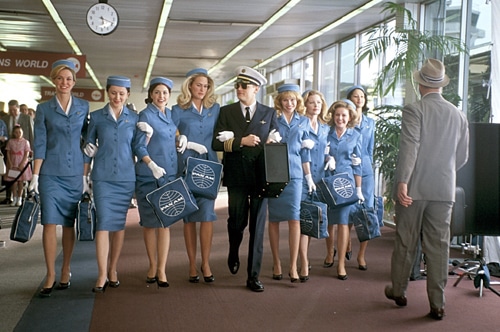 |
| Young man's dream (or fantasy!) |


